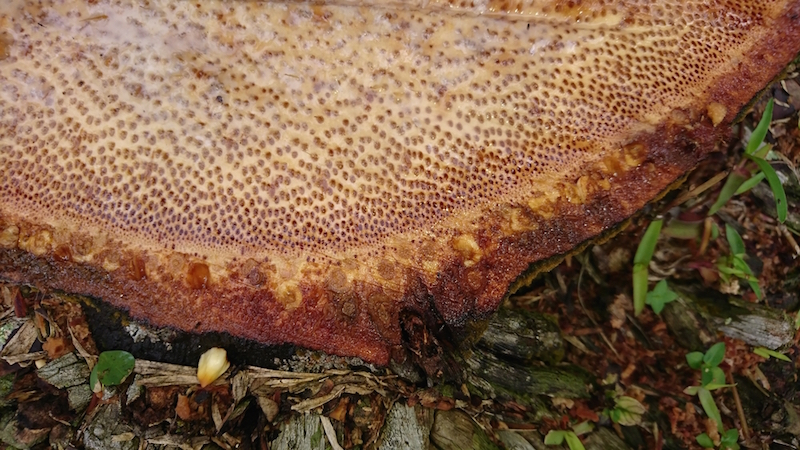
How do palm trees withstand hurricanes?
They're so bendy in the wind.

Trees generally snap, or at least lose a few branches, when faced with hurricane-strength winds. Not palm trees. These staples of the tropics typically bend during gusty weather.
How does the mighty palm usually stay standing, swaying — sometimes violently — in storms?
For starters, unlike traditional trees, palm trees are not made of wood. "Instead, you'll find a jumble of spongy tissue, scattered instead of arranged" inside a palm, geochemist Hope Jahren wrote in her autobiography "Lab Girl" (Vintage, 2016).
Related: Are trees vegetarian?
Most trees lay down rings as they grow every year. But not the palm tree; some of its cells are malleable, and others can easily flex and then return to their original position.

"[Its] lack of conventional structure is what gives the palm its flexibility and makes it supremely adapted … to the gentle island breezes that periodically coalesce into ruthless hurricanes," Jahren wrote in her book.
This arrangement has helped the palm tree flourish in warm and windy tropical areas the world over. There are 188 known genera of palm, and 2,585 species, said Judy Jernstedt, a professor of plant sciences at the University of California, Davis.
Sign up for the Live Science daily newsletter now
Get the world’s most fascinating discoveries delivered straight to your inbox.
"I think that suggests that it's a successful growth form, and they've been successful in the environmental niches that they've occupied," Jernstedt said.
However, not all palms are alike. A palm planted in a new area might not fare as well as a palm in its native home, Jernstedt said. Moreover, if the ground is wet — from a hurricane surge, for instance — that could weaken the ground where the palm's roots extend and make it easier for powerful winds to uproot the tree, she said.
While the palm tree is technically a tree, palms are actually more closely related to grass, corn and rice than they are to other trees, Jernstedt said. They're also quite old. Palms belong to the Arecaceae family, a group that emerged about 100 million years ago, during the Cretaceous period, when nonavian dinosaurs still roamed the Earth, according to the Angiosperm Phylogeny website, run by Peter Stevens, a professor of biology at the University of Missouri-St. Louis.
Original article on Live Science.

Laura is the archaeology and Life's Little Mysteries editor at Live Science. She also reports on general science, including paleontology. Her work has appeared in The New York Times, Scholastic, Popular Science and Spectrum, a site on autism research. She has won multiple awards from the Society of Professional Journalists and the Washington Newspaper Publishers Association for her reporting at a weekly newspaper near Seattle. Laura holds a bachelor's degree in English literature and psychology from Washington University in St. Louis and a master's degree in science writing from NYU.









